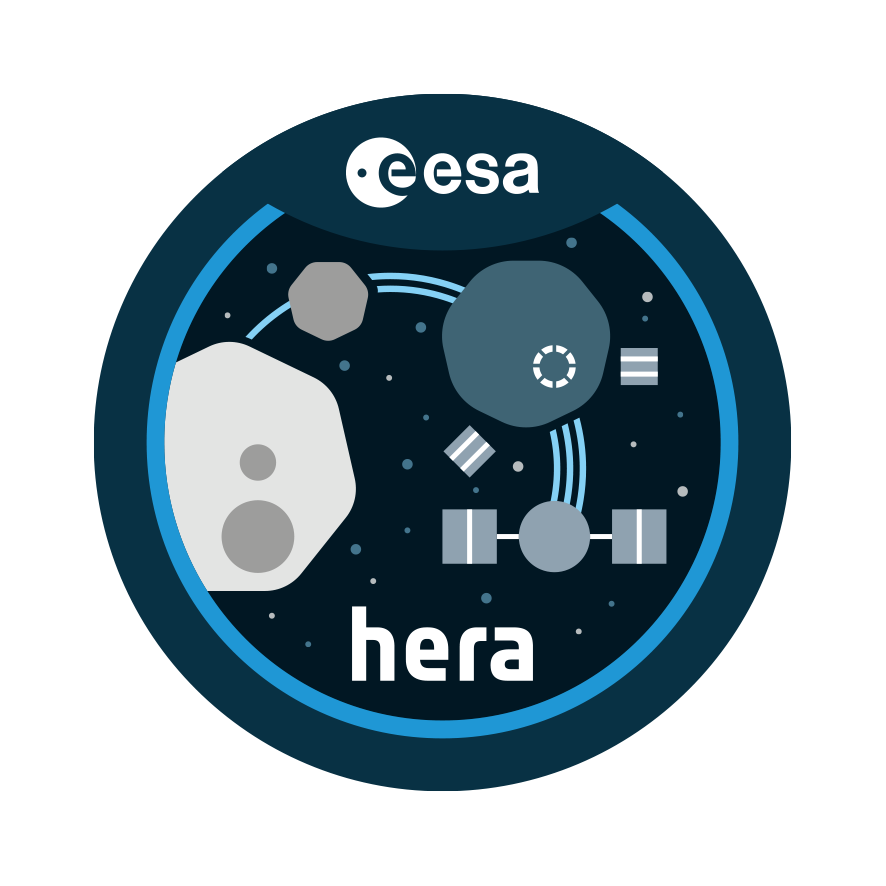Vision
Why Land on an Asteroid?
Hera is a mission under development in the Space Safety Program of the European Space Agency (ESA) for launch in October 2024. Its objectives are to investigate a binary asteroid, including for the first time the internal properties, to measure in great details the outcome of the kinetic impactor test performed by the NASA DART mission, and thus to provide extremely valuable information for asteroid impact threat mitigation, mining, and science purposes.
Mission
What’s the plan?
Hera is a mission under development in the Space Safety Program of the European Space Agency (ESA) for launch in October 2024. Its objectives are to investigate a binary asteroid, including for the first time the internal properties, to measure in great details the outcome of the kinetic impactor test performed by the NASA DART mission, and thus to provide extremely valuable information for asteroid impact threat mitigation, mining, and science purposes.
AIDA/ DART
How are we getting there?
The main purpose of AIDA is to support the demonstration and validation of the technology needed to deflect an hazardous asteroid by means of a kinetic impactor as well as to improve our understanding of the impact process and the momentum transfer to the target asteroid. AIDA will combine the data obtained by the NASA Double Asteroid Redirection Test (DART), which will impact the secondary of the binary asteroid Didymos, named Dimorphos, and observe the resulting change in the orbital period of the secondary from ground-based observatories, and by the ESA Hera mission, which will rendezvous with the target, characterize it in great details, including its internal properties and the crater made by DART and measure the momentum transfer efficiency. In addition, the Italian Cubesat called LiciaCube will be deployed by DART before the impact and will observe its happening as well as the first 100s seconds following it.
